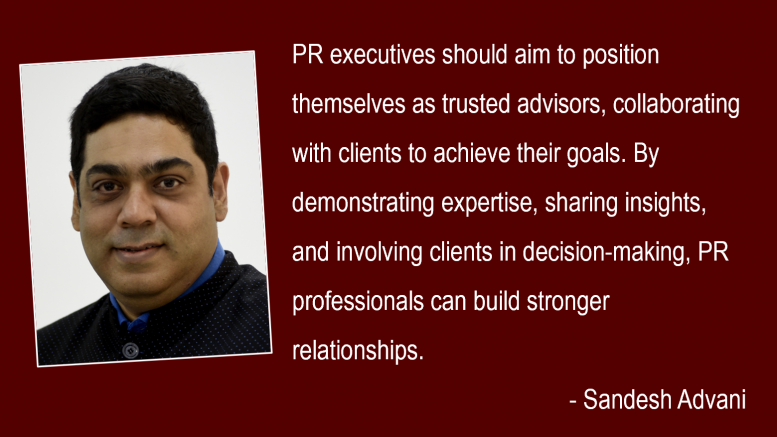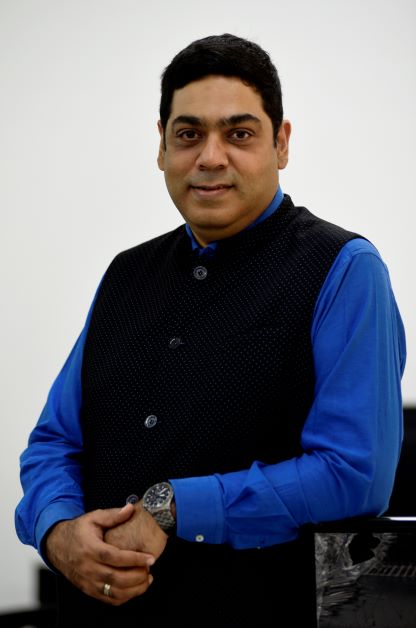In the fast-paced world of public relations, managing relationships is crucial for successful outcomes. However, PR executives often encounter one common challenge: ego clashes between themselves and their clients. These clashes can arise from various factors, including conflicting opinions, power dynamics, and differing expectations. This article explores effective strategies for managing ego clashes between PR executives and their clients, fostering a harmonious working relationship and achieving shared goals.
1. Emphasise Active Listening and Empathy:
The first step in managing ego clashes is to cultivate a culture of active listening and empathy. PR executives should strive to understand their clients’ perspectives and concerns genuinely. PR professionals can build trust and create a collaborative environment by actively listening to clients and empathising with their needs. This approach helps mitigate conflicts from miscommunication or misunderstandings, enabling both parties to work together more effectively.
2. Establish Clear Communication Channels:
Establishing clear and open lines of communication is essential to avoid ego clashes. PR executives should set the groundwork early by clearly defining roles, responsibilities, and expectations from the outset of the relationship. Regular meetings, progress updates, and transparent reporting mechanisms should be established to ensure effective communication and foster mutual understanding. Encouraging clients to provide feedback and express concerns openly can help prevent ego clashes from escalating.
3. Foster a Partnership Mindset:
Shifting the dynamics from a purely client-vendor relationship to a partnership mindset can significantly reduce ego clashes. PR executives should aim to position themselves as trusted advisors, collaborating with clients to achieve their goals. By demonstrating expertise, sharing insights, and involving clients in decision-making, PR professionals can build stronger relationships based on mutual respect. This approach minimises power struggles and fosters a sense of shared ownership, leading to more successful outcomes.
4. Focus on Results and Objectivity:
Ego clashes often arise from differing opinions on strategy or creative direction. In such cases, shifting the focus back to measurable results and objective data is crucial. PR executives should present evidence-based arguments and emphasise the impact of their proposed approaches. By grounding discussions in facts and highlighting the alignment of strategies with the client’s objectives, both parties can find common ground and overcome personal biases. This data-driven approach helps mitigate ego-driven conflicts and ensures decisions are made in the best interest of the client’s brand.
5. Mediation and Conflict Resolution:
When ego clashes persist and threaten the overall relationship, it may be necessary to bring in a neutral mediator to facilitate conflict resolution. Mediators can provide an unbiased perspective, help identify common ground, and guide both parties toward a mutually beneficial solution. They encourage open dialogue, facilitate compromise, and promote understanding. Mediation can help repair damaged relationships and prevent long-lasting consequences from unresolved conflicts.
6. Build a Diverse and Inclusive Team:
Diversity and inclusivity play a vital role in mitigating ego clashes. By assembling a team of PR professionals with diverse backgrounds, perspectives, and expertise clients can benefit from a wider range of insights and innovative ideas. This diversity helps challenge existing norms, minimises the influence of ego-driven biases, and fosters a more collaborative environment. PR executives should prioritise creating an inclusive workplace culture that values and celebrates differences, encouraging clients to embrace diversity in their PR strategies.
Conclusion:
Managing ego clashes between PR executives and clients is essential for maintaining productive relationships and achieving successful outcomes. PR professionals can effectively navigate ego-driven conflicts by emphasising active listening, establishing clear communication channels, fostering a partnership mindset, focusing on results and objectivity, and utilising mediation when necessary. Additionally, building diverse and inclusive teams ensures a broader range of perspectives, minimising the impact of personal biases.
The views and opinions published here belong to the author and do not necessarily reflect the views and opinions of the publisher.



Be the first to comment on "Bridging the Gap: Strategies for Managing Ego Clashes Between PR Executives and Clients"